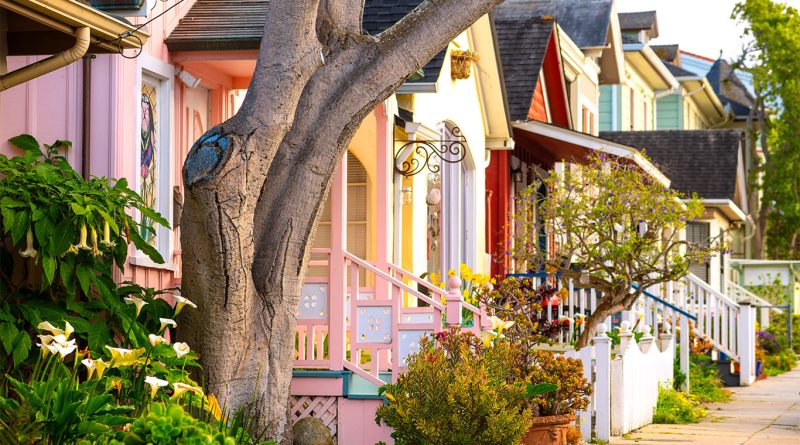Billionaire developer threatens to walk as California zoning battle rages
Subscribe to our free newsletter today to keep up to date with the latest construction news.
Tucked along the Monterey Peninsula, Carmel-by-the-Sea has long stood as one of California’s most desirable and protected communities. But behind its carefully preserved architecture, a conflict is escalating between billionaire developer Patrice Pastor and a city known for its tight building restrictions.
Pastor, based in Monaco, has invested more than $100 million in Carmel real estate through his firm Esperanza Carmel. His latest effort, the JB Pastor project, proposes a two-story mixed-use building with eight residential units and more than 5,000 square feet of commercial space. It was designed to meet both city requirements and the town’s architectural style.
After six years of revisions, the city’s planning commission approved the project. However, an appeal from 11 residents brought the matter before the city council on August 4. A six-hour hearing ended without a final decision. In response, Pastor warned he might halt all development in the area due to what he described as procedural dysfunction and unfair opposition.
Pastor’s $100 million investment faces resistance rooted in preservation
Carmel has long resisted large-scale development. Strict zoning laws prevent the addition of streetlights, chain stores, and even visible house numbers. Low-rise architecture and limited infrastructure reinforce a small-town aesthetic. Residents and officials have worked for decades to protect this character.
Pastor’s proposals have tried to fit that model. The JB Pastor project underwent multiple redesigns to adjust its massing, façade, and parking layout. But critics say the project still exceeds what they believe Carmel can sustain. Their concerns range from parking shortages to architectural inconsistency and environmental impact. Some have also alleged preferential treatment from city staff, a claim Pastor’s representatives deny.
With additional projects on hold, Pastor has questioned the value of continued investment in a community where political resistance may outweigh legal approvals. Without a resolution, other developers may see the situation as a warning.
Housing shortage highlights deeper tensions between regulation and demand
This dispute is unfolding in the context of California’s broader housing crisis. Statewide, housing inventory remains low, but Carmel’s supply is especially constrained. Since 2019, the town’s inventory has dropped by more than 41 percent, compared to a statewide drop of about 17 percent. Only 1.7 percent of homes listed in July 2025 were new builds, compared with a state average of 8.6 percent.
Pastor’s development would not solve affordable housing shortages, but it would add year-round rentals in a town dominated by vacation properties. For service workers and small business owners, more inventory, even at the high end, could ease some pressure. Supporters of the project have argued that Carmel’s housing policies are pushing out the people who help it function.
But the town’s regulatory framework remains largely unchanged. The stalled vote on the JB Pastor appeal reflects how deeply this debate is entangled with questions of local identity, historical values, and control.
Balancing historical character with long-term housing needs
Carmel’s preservation-first policies are not new. Incorporated in 1916, the town has spent more than a century reinforcing its identity through architecture, signage restrictions, and retail limitations. These rules have kept it distinctive and expensive.
The JB Pastor appeal highlights the difficulty of introducing any new development, even those designed with local aesthetics in mind. Some residents argue that preserving character is worth economic tradeoffs. Others say the rigidity no longer reflects current needs.
For now, the project remains in limbo. Pastor has made clear he may redirect investment elsewhere if the outcome does not shift. What happens next could serve as a blueprint or a cautionary tale for how similar towns across the US handle pressure from global capital, rising demand, and zoning fatigue.
